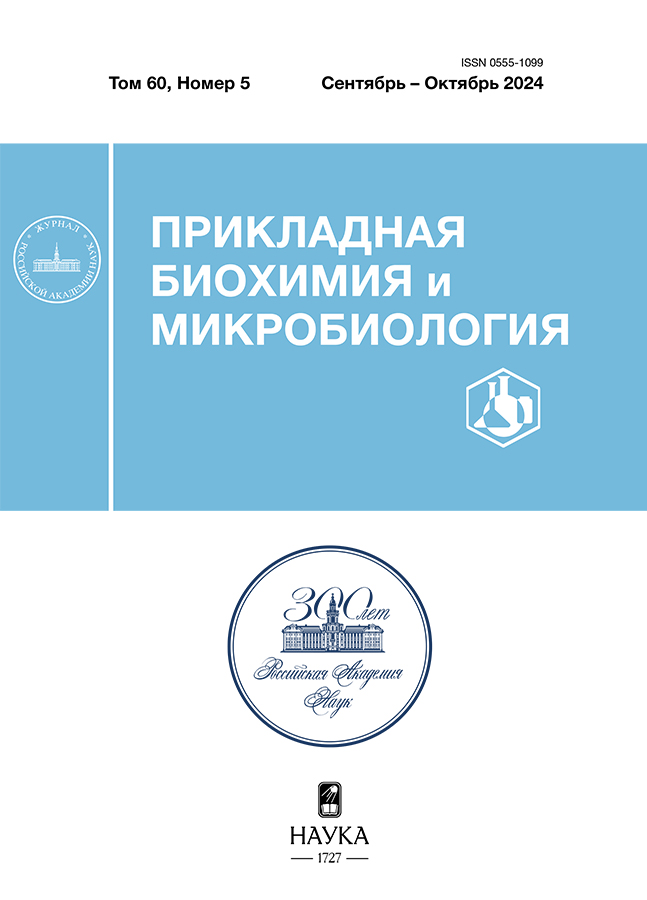Impact of neurotransmitters on the fatty acid composition and photosynthetic pigments of the green microalga Scenedesmus quadricauda
- Autores: Boyang C.1, Chivkunova O.B.2, Solovchenko A.E.2, Lobakova E.S.2, Oleskin A.V.2
-
Afiliações:
- Shenzhen MSU-BIT University
- Moscow State University
- Edição: Volume 60, Nº 5 (2024)
- Páginas: 487-498
- Seção: Articles
- URL: https://rjonco.com/0555-1099/article/view/681856
- DOI: https://doi.org/10.31857/S0555109924050064
- EDN: https://elibrary.ru/QTJSYO
- ID: 681856
Citar
Texto integral
Resumo
Apart from their functions in the nervous system of animals, neurotransmitters operate as regulatory agents and signals in diverse kingdoms of life. Some neurotrnsmitters at low concentrations have recently been revealed to exert specific effects on microalgae, predominantly functioning as algal growth stimulators. This article presents new data on the effects of such neurotransmitterss as serotonin, norepinephrine, dopamine, histamine, and acetylcholine on the fatty acid and pigment composition of the green microalga Scenedesmus quadricauda (Turp.) Breb. K-1149. It was established that acetylcholine and, to a lesser extent, histamine increased the total fatty acid content of S. quadricauda cells, whereas serotonin and dopamine decreased the fatty acid content. Acetylcholine, histamine, and norepinephrine elevated the percentage of polyunsaturated fatty acids; in contrast, serotonin and dopamine augmented the share of saturated fatty acids. Acetylcholine and, to a lesser extent, norepinephrine increased the total chlorophyll content per 1 g of dry weight in S. quadricauda while histamine decreased the chlorophyll content. Histamine also increased the chlorophyll a/chlorophyll b and carotenoid/chlorophyll ratios, which were decreased by dopamine. The data obtained apparently are of biotechnological and ecological interest. The stimulation of fatty acid accumulation and the increase in polyunsaturated species percentage was caused by the neurotransmitters acetylcholine and histamine at low (1-10 µM) concentrations, which potentially enables facilitating the biotechnological production of health-promoting preparations for therapeutic and cosmetic purposes. However, other tested neurotransmitters (dopamine and serotonin) increased the relative content of saturated fatty acids; therefore, they apparently can be used to stimulate biofuel production, since saturated fatty acid-rich lipids are advantageous raw materials for biodiesel production. The impact of neurotransmitters on microalgal fatty acid composition and photosystem components may be considered in terms of ongoing chemical interaction between microalgae and other aquatic ecosystem components that are known to produce neurotransmitters.
Palavras-chave
Texto integral
Sobre autores
Cao Boyang
Shenzhen MSU-BIT University
Email: oleskiny@yandex.ru
República Popular da China, 1 International University Park Road, Dayun New Town China, Longgang District, Shenzhen, 518172, Guangdong Province
O. Chivkunova
Moscow State University
Email: oleskiny@yandex.ru
Department of Biology
Rússia, Moscow, 119234A. Solovchenko
Moscow State University
Email: oleskiny@yandex.ru
Department of Biology
Rússia, Moscow, 119234E. Lobakova
Moscow State University
Email: oleskiny@yandex.ru
Department of Biology
Rússia, Moscow, 119234A. Oleskin
Moscow State University
Autor responsável pela correspondência
Email: oleskiny@yandex.ru
Department of Biology
Rússia, Moscow, 119234Bibliografia
- Roshchina V.V. // Microbial Endocrinology: Interkingdom Signaling in Infectious Disease and Health. /Ed. М. Lyte. N.Y.: Springer Cham, 2016. V. 874. P. 25–77.
- Oleskin A.V., Shenderov B.A. Microbial Communication and Microbiota–Host Interactivity: Neurophysiological, Biotechnological, and Biopolitical Implications. N.Y.: Nova Science Publishers, 2020. 248 p.
- Parsaeimehr A., Sun Z., Dou X., Chen Y.F. // Biotechnol. Biofuels. 2015. V. 8. (1) P. 11. https://doi.org/10.1186/s13068-015-0196-0
- Czerpak R., Bajguz A., Jewiec P., Muszynska-Garstka M. // Ecohydrol. Hydrobiol. 2003. V. 3 (2). P. 223–229.
- Oleskin A.V., Postnov A.L., Boyang Cao // J. Pharm. Nutr. Sci. 2021. V. 11. P. 49–53. https://doi.org/10.29169/1927-5951.2021.11.07
- Oleskin A.V., Postnov A.L., Boyang Cao // J. Pharm. Nutr. Sci. 2021 V. 11. P. 144–150. https://doi.org/10.29169/1927-5951.2021.11.17
- Oleskin A.V., Kirovskaya T.A., Botvinko I.V., Lysak L.V. // Microbiology (Moscow). 1998. V. 67. № 3. P. 305–312.
- Solovchenko A., Gorelova O., Selyakh I., Pogosyan S., Baulina O., Semenova L. et al. // Algal Res. 2015. V. 11. P. 399–410. https://doi.org/10.1016/j.algal.2015.04.011.
- Wellburn A. // J. Plant. Physiol. 1994. V. 144. P. 307–313.
- Kates M. Techniques of Lipidology: Isolation, Analysis, and Identification of Lipids, 2nd Ed. Amsterdam: Elesevier, 1986. 464 p.
- Balasubramaniam V., Gunasegavan R.D., Mustar S., Lee J.C., Mohd Noh M.F. // Molecules. 2021. V. 26. P. 943. https://doi.org/10.3390/molecules26040943
- Dasan Y.K., Lam M.K., Yusup S., Lim J.W., Lee K.T. // Sci. Total Environ. 2019. V. 688. P. 112–128. https://doi.org/10.1016/j.scitotenv.2019.06.181
- Hu J., Meng W., Su Y., Qian C., Fu W. // Front. Mar. Sci. 2023. V. 10. P. 1260709. https://doi.org/10.3389/fmars.2023.1260709
- Masojídek J., Torzillo G., Koblížek M. // Handbook of Microalgal Culture: Applied Phycology and Biorechnology. / Eds. A. Richmond, Q. Hu. Hoboken (NJ): John Wiley & Sons, 2013. P. 21–36.
- Piotrowska-Niczyporuk A., Bajguz A. // Plant Growth Regul. 2014. V. 73. P. 57–66. https://doi.org/10.1007/s10725-013-9867-7
- Tredici M.R., Rodolfi L., Biondi N., Bassi, N., Sampietro G. // Algal. Res. 2016. V. 19. P. 251–263. https://doi.org/10.1016/j.algal.2016.09.005
- Fabris M., Abbriano R.M., Pernice M., Sutherland D.L., Commault A.S., Hall C.C. et al. // Front. Plant Sci. 2020. V. 11. P. 279. https://doi.org/10.3389/fpls.2020.00279
- Oleskin A.V., Boyan Cao // Lomonosov Biol. J. 2023. V. 78. № 3. P.146–159. https://doi.org/10.55959/MSU0137-0952-16-78-3-10
- Powell K. // xPharm: The Comprehensive Pharmacology Reference. / Eds. S.G. Enna, D.B. Bylind. Amsterdam: Elsevier, 2007. P. 1–2.
- Roshchina V.V., Yashin V.A., Podunai Y.A. // Austin Environ. Sci. 2022. V. 7. № 3. P. 107–110.
- Oleskin A.V., Postnov A.L. Neurotransmitters as Сommunicative Аgents in Аquatic Ecosystems. // Moscow Univ. Biol. Sci. Bull. 2022. V. 77 № 1. P. 6–12. https://doi.org/10.3103/S0096392522010035
Arquivos suplementares











